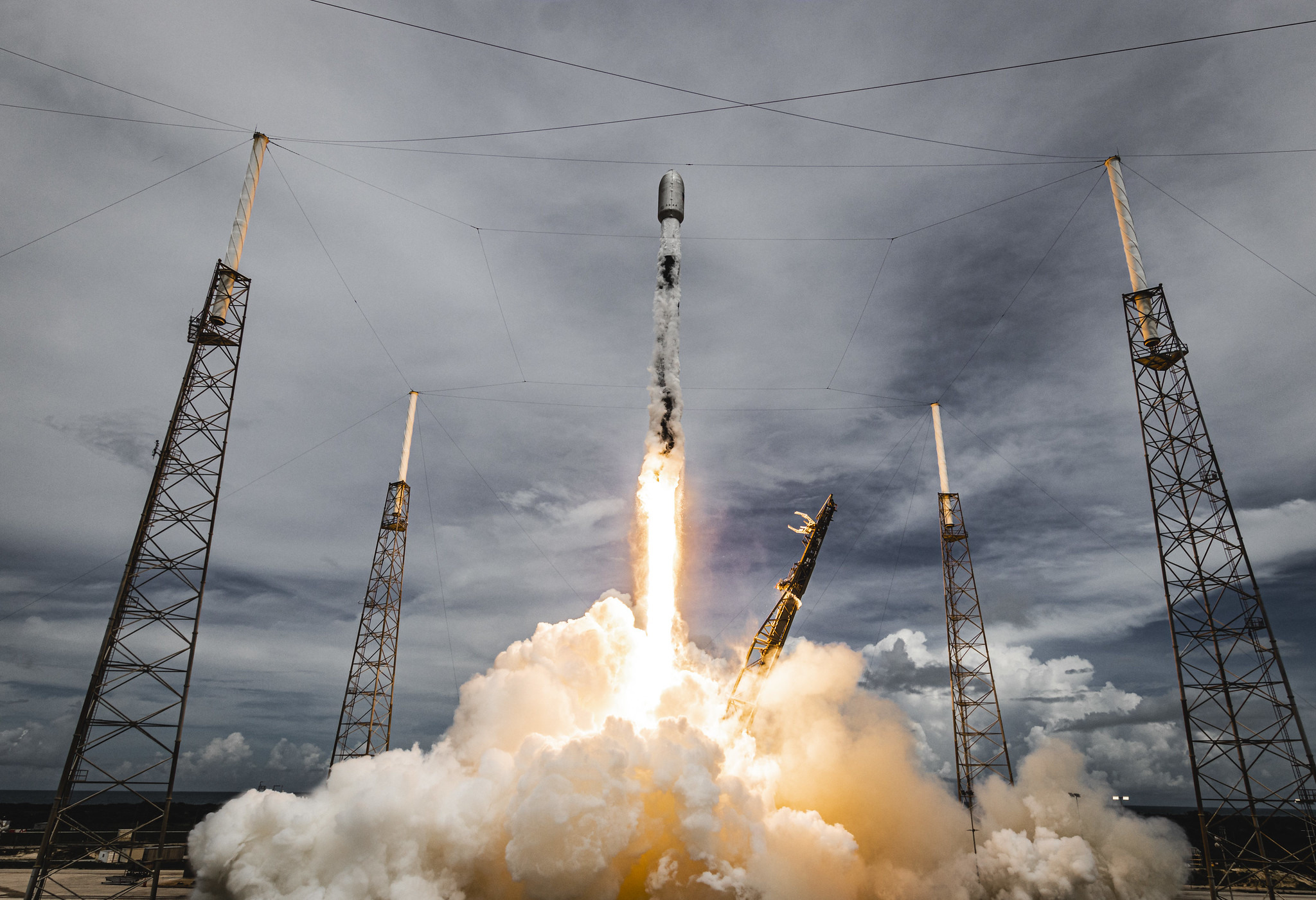A space startup says it has successfully demonstrated the ability to use ordinary, unmodified mobile telephones to connect to satellite Internet services.
The Virginia-based company, Lynk, sent its "Shannon" satellite into orbit three months ago as part of a rideshare mission on a Falcon 9 rocket. After some initial tests, the company said "hundreds" of mobile phones in the United States, United Kingdom, and the Bahamas were able to connect with the satellite as it passed overhead, as if it were a virtual cell phone tower in space.
"Basically, our satellite looks to your cell phone like a standard cell tower," said Charles Miller, the co-founder and chief executive of Lynk.
Satellite Internet is all the rage in the space and telecommunications industry, with companies such as SpaceX, OneWeb, Amazon, Telesat, and more launching or planning large constellations of satellites to deliver broadband Internet. But all of these services will require a terminal of sorts, perhaps akin to a DirecTV satellite dish, to send and receive signals to low Earth orbit.
The difference with Lynk, Miller says, is that with its 1 m × 1 m satellite there is no terminal needed, nor even software to download. The service is intended to serve remote areas where a customer's mobile provider, such as T-Mobile or Verizon in the United States, does not have coverage. So like when you travel to a foreign country and are asked whether you want to use a local service with international roaming charges, a similar message would pop up when exiting a mobile provider's coverage area. Lynk, in this way, shares spectrum with the mobile network operator.
Technical challenges
To make it all work, Lynk had to solve a number of technical problems, Miller said. Chief among these was being able to send uplink signals from a mobile phone to a satellite through the "noise" of other phones. Another challenge was compensating for the huge amount of doppler shift between the satellite and mobile phone on the ground. Existing phones and mobile networks are set up to accommodate bullet train speeds but not orbital velocities. Lynk engineers had to devise the technology for the satellite to perform this doppler compensation in space so that the phone "sees" what appears to be a fixed tower.



 Loading comments...
Loading comments...
